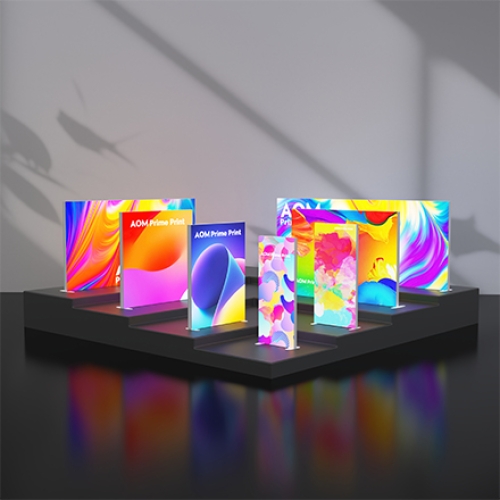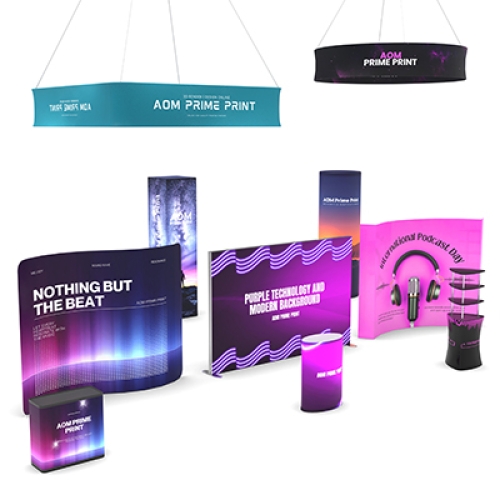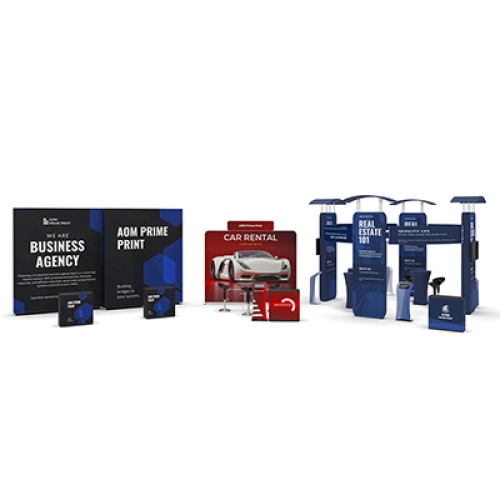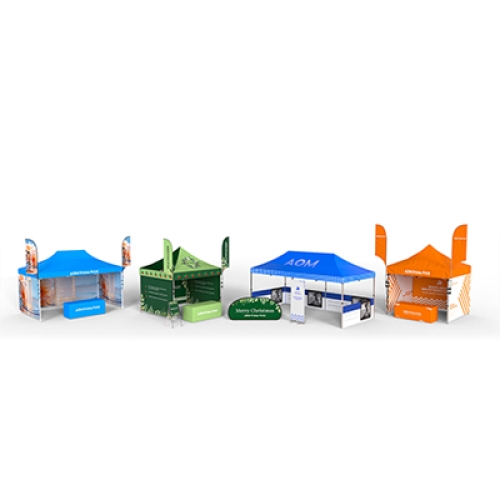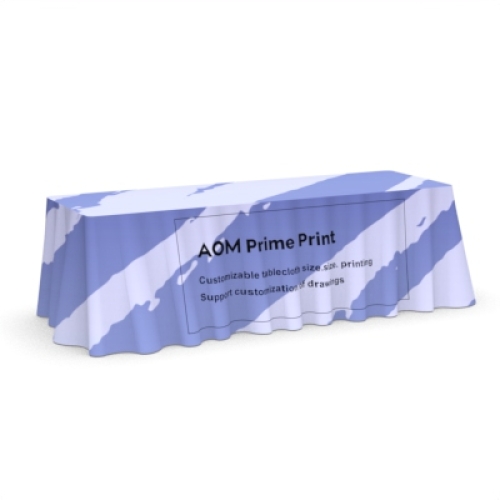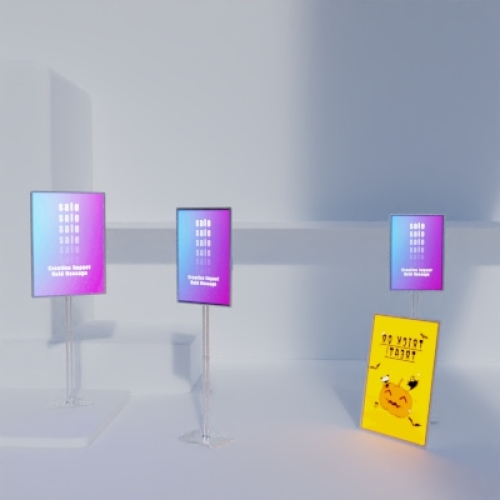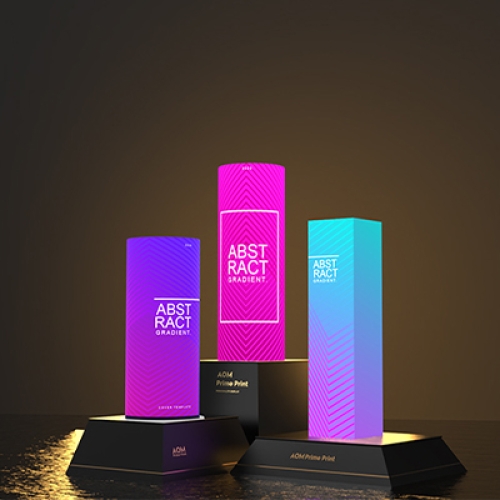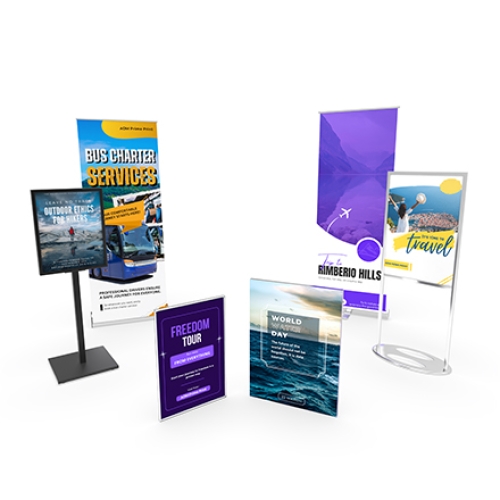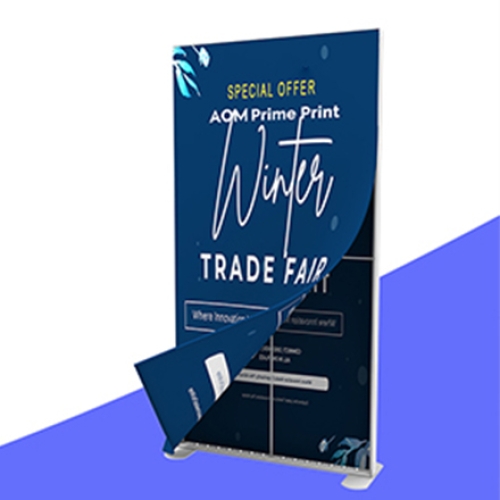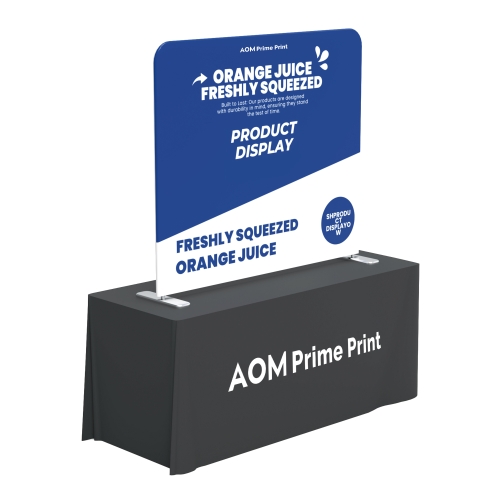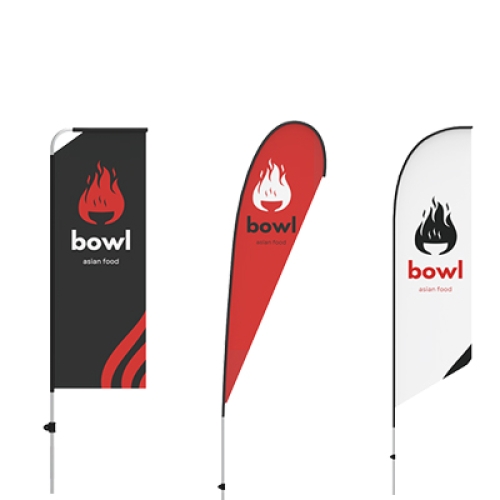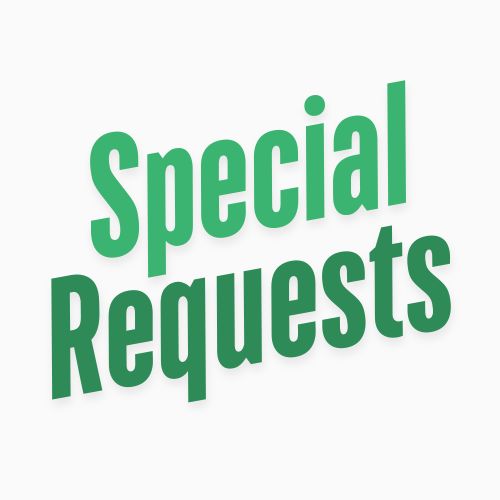How to Stand Out in the Age of AI-Powered Trade Show Prospecting
February 10th 2025
Trade shows have always been about connecting with the right people in the right place at the right time. But with AI transforming how businesses reach out and interact with prospects, standing out amidst the digital noise at trade shows is more challenging than ever. As AI-driven email outreach becomes increasingly polished and personalized, every exhibitor at a trade show can now easily send perfectly tailored, mass-produced emails. But does this increase in efficiency mean you’ve won the prospect’s attention? Not necessarily.
Here’s how you can rise above the noise and create more meaningful, impactful connections at trade shows, where in-person interactions still matter, but AI-powered engagement is on the rise.
1. Build Your Brand Recognition Beyond the Booth
At a time when AI tools can generate well-crafted outreach that fills inboxes, physical presence at a trade show remains one of the most powerful ways to break through the noise. But don't stop at just having a booth. In the lead-up to the event, build your presence outside the trade show floor—on social media, through thought leadership content, and via digital channels like email or blogs.
For example, imagine attending an industry event and already knowing that a particular exhibitor has been publishing insightful whitepapers on LinkedIn or sharing engaging videos on YouTube that sparked relevant conversations. By the time you meet them at the booth, you're already familiar with their voice and messaging. That’s the power of building brand recognition beyond the inbox. It’s about becoming a known entity before you even start your trade show prospecting.
2. Personalization with a Touch of Humor: Use the ‘Magic Insight’ Framework
In an era where AI can scrape all kinds of data to personalize emails, how do you add that human touch that cuts through the generic content everyone’s sending out? Enter the ‘Magic Insight’ framework. The key here is personalizing outreach not just at the company level but at the individual level—based on your prospect's interests, quirks, and digital presence.
For instance, if you’re aware that a specific prospect loves a particular brand or has a unique hobby (based on public data or their social media posts), weave that into your trade show outreach. A playful, lighthearted opener could be something as simple as: “I noticed you’re a fan of [quirky thing]. We’ve got a booth you won’t want to miss at [Trade Show]—no ketchup packets involved, I promise!”
When you combine AI with an understanding of personal interests, your outreach will feel more authentic. But remember: don’t force it. If you don’t have the data to make a personal connection, keep your messaging focused on the business challenge you're solving and how it can benefit the prospect’s organization.
3. Use Proprietary Data to Inform Your Trade Show Strategy
AI tools are only as good as the data behind them. In the context of trade shows, proprietary data—information you’ve gathered through past events, customer interactions, or digital touchpoints—can give you a competitive edge in your outreach.
Think about the insights you can gather from past interactions with customers and prospects at trade shows. Do you know which booth layouts attracted the most visitors in previous years? Can you track attendee engagement with your product demos through RFID tags or mobile apps? Or perhaps your CRM holds unique insights into which types of content or giveaways drive the highest conversion rates.
Leveraging this data to make your outreach smarter and more targeted can dramatically increase the quality of your engagements. Using proprietary data will help you craft relevant messages that resonate with the right audience—without relying solely on generic AI templates.
4. Speak Your Prospects’ Language
Trade shows are a great opportunity to communicate in your customers' own language. But how do you figure out what that language is? One strategy is to analyze the customer language repository—this could include past customer interactions, testimonials, or even feedback from earlier trade show events. What words or phrases do your best customers use when describing their pain points? What are their core needs?
AI can help here too. Tools like speech-to-text software (e.g., Otter.ai) and conversational AI platforms (e.g., ChatGPT) can analyze these conversations and identify key patterns. This helps you speak directly to your prospects in a language that feels natural, relatable, and most importantly, relevant.
For example, if your product is an exhibition stand solution and your customers frequently mention "easy setup" or "space optimization" in their reviews, incorporate these terms into your trade show pitch. Rather than relying on jargon or overcomplicated corporate speak, use simple, conversational terms that reflect your customers’ own experiences.
5. Innovate Your Trade Show Approach with AI
AI doesn’t just need to be used for email outreach; it can also enhance your trade show booth and the way you interact with prospects face-to-face. Imagine an AI-powered kiosk at your booth that tailors the visitor's experience based on their specific needs or past interactions with your brand. This could take the form of personalized product demos or AI-driven content recommendations that provide exactly what the prospect is looking for.
Additionally, AI can help you analyze booth traffic and identify which demos or products are drawing the most attention. Armed with this data, you can optimize your booth experience in real time, ensuring that you’re always showcasing the most relevant information to the right people.
6. Keep the Conversation Going After the Show
Once the trade show is over, AI can help you follow up with prospects in a timely and personalized way. The key is to combine the human aspect of your in-person interactions with the power of AI to craft targeted, personalized messages that remind prospects why they stopped by your booth in the first place.
Using tools like CRM systems combined with AI can enable you to send customized follow-up emails, schedule meetings, or even provide relevant content (like product demos or case studies) based on the conversations you had at the show.
The trade show landscape is shifting, and while AI plays a significant role in streamlining communication and personalization, it doesn’t replace the need for genuine human connection. As AI-generated messages flood inboxes, those businesses that leverage AI thoughtfully and pair it with a strong physical presence, data-driven insights, and personal touches will rise above the noise. So, take this as an opportunity to be strategic—blend the efficiency of AI with the authenticity of in-person interactions, and you’ll have a winning formula for standing out in the age of AI-driven trade show prospecting.
